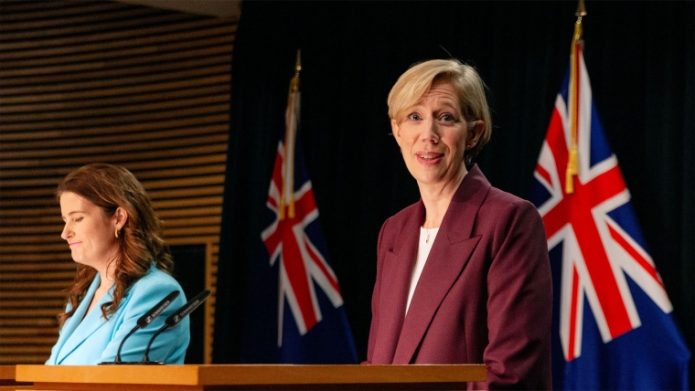PHOTO: CoreLogic Australia
| Australia’s housing market continued along a recovery trend through November. CoreLogic’s national index recorded a second consecutive monthly rise in November, with dwelling values up 0.8% over the month. The new recovery trend follows a 2.1% drop in Australian home values between April and September. |
|
According to CoreLogic’s Head of Research, Tim Lawless, if the current growth trend persists, we are likely to see CoreLogic’s national home value index surpass pre-COVID levels in early 2021.
“The national home value index is still seven tenths of a per cent below the level recorded in March, but if housing values continue to rise at the current pace we could see a recovery from the COVID downturn as early as January or February next year. The recovery in Melbourne, where home values remain 5% below their recent peak, will take longer.” Although housing values look set to surpass their pre-COVID highs early next year, both Sydney and Melbourne home values remain at levels similar to those seen in early 2017. While rising, Perth values are similar to mid-2006 levels, whilst Darwin values are in line with 2007 levels. At the other end of the spectrum, housing values moved to new record highs in Brisbane, Adelaide, Hobart and Canberra through November. House and unit value performance has shown more divergence in recent months. House values have driven gains in the combined capitals index over the past three months, rising 1.1%. While the rate of decline has eased, capital city unit values fell by -0.6% over the same period. “This trend towards stronger conditions in detached housing markets is evident across most of the capital cities. Relative weakness in the unit market can be attributed to factors including low investment activity, higher supply levels in some regions, and weaker rental market conditions across key inner city unit precincts,” Mr Lawless said. Melbourne’s unit market is the exception, where unit values have recorded a smaller then expected decline throughout the COVID period to-date and a more substantial recovery trend over recent months. “The resilience in Melbourne unit values is surprising given the high supply levels across inner city areas and the sharp decline in rental conditions. We suspect the stronger trend in Melbourne unit values relative to houses could be short-lived unless overseas migration turns around sooner than expected which would help to shore up rental tenancy demand,” Mr Lawless added. The stronger performance across regional areas of Australia continued in November, with CoreLogic’s combined regionals index recording a monthly growth rate double that of the combined capitals. Regional home values were up 1.4% in November compared with a 0.7% rise in capital city values. Regional Queensland has led the rise in values over the past three months, posting a 3.2% lift, followed by regional NSW where values are up 3.1%. The lift in housing values comes as a range of other indicators point to a further improvement. Inventory levels remain low across Australia, favouring sellers over buyers. The number of properties advertised for sale remains 20% lower than this time last year, and 24% below the five year average. Total listing numbers are low despite a sharp rise in fresh stock being added to the market. The spring period saw a 42% rise in the number of new listings added to the market nationally, while the total number of listings held firm (-0.6%). This reflects a strong rate of absorption as prospective buyers continue to outnumber newly advertised supply additions. The number of settled sales has held reasonably firm since July, with rising sales activity outside of Victoria offsetting the sharp drop in Victorian home sales caused by the recent lockdown period. Nationally, CoreLogic’s settled sales estimates over the past three months were about 1% higher than the same period last year. This is partially due to strong performance in regional areas, where buyer activity has seen a more significant lift than their capital city counterparts. Auction markets have strengthened as well, with November clearance rates holding around 70%, well above the decade average of 61%. The strength in auction clearance rates comes as the number of auctions is expected to see a further lift in the first two weeks of December. This will provide a timely test of the market depth prior to the seasonal slowdown through late December and January. Private treaty measures are also tightening, reflecting a market that is rebalancing towards vendors over buyers. The median selling time has reduced from 57 days in June to 42 days in November and discount rates have reduced from 3.9% in April to 2.8% in November. |












